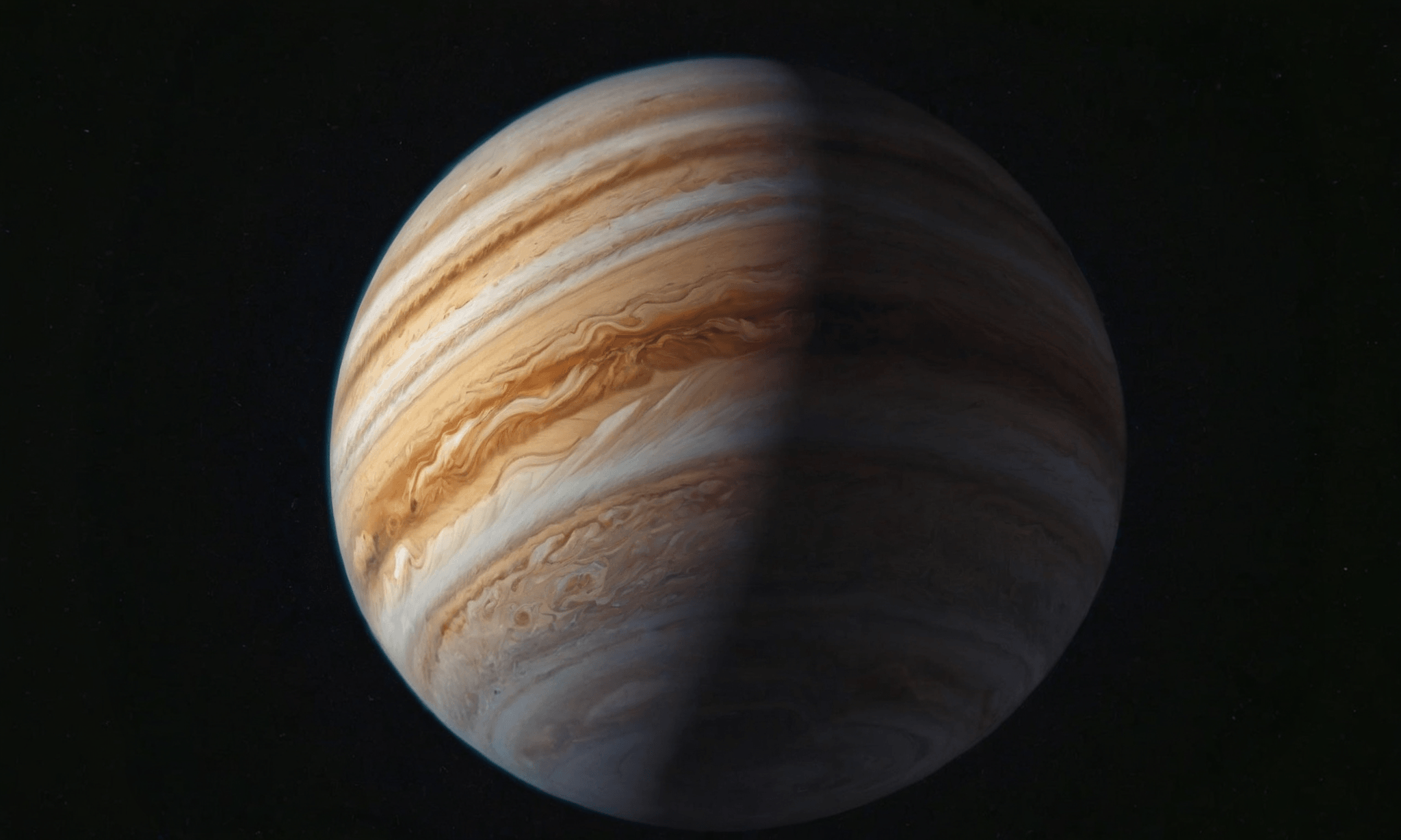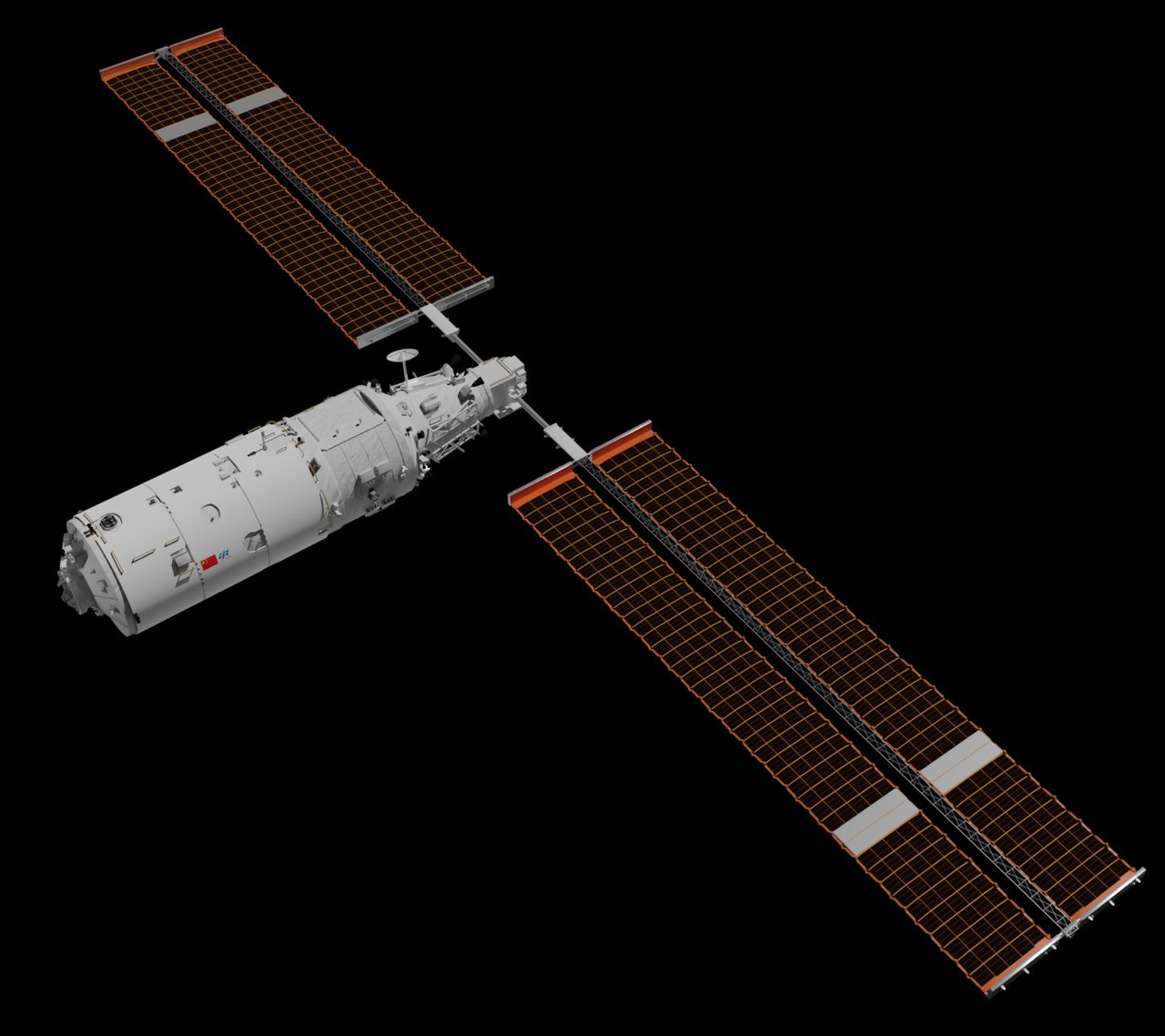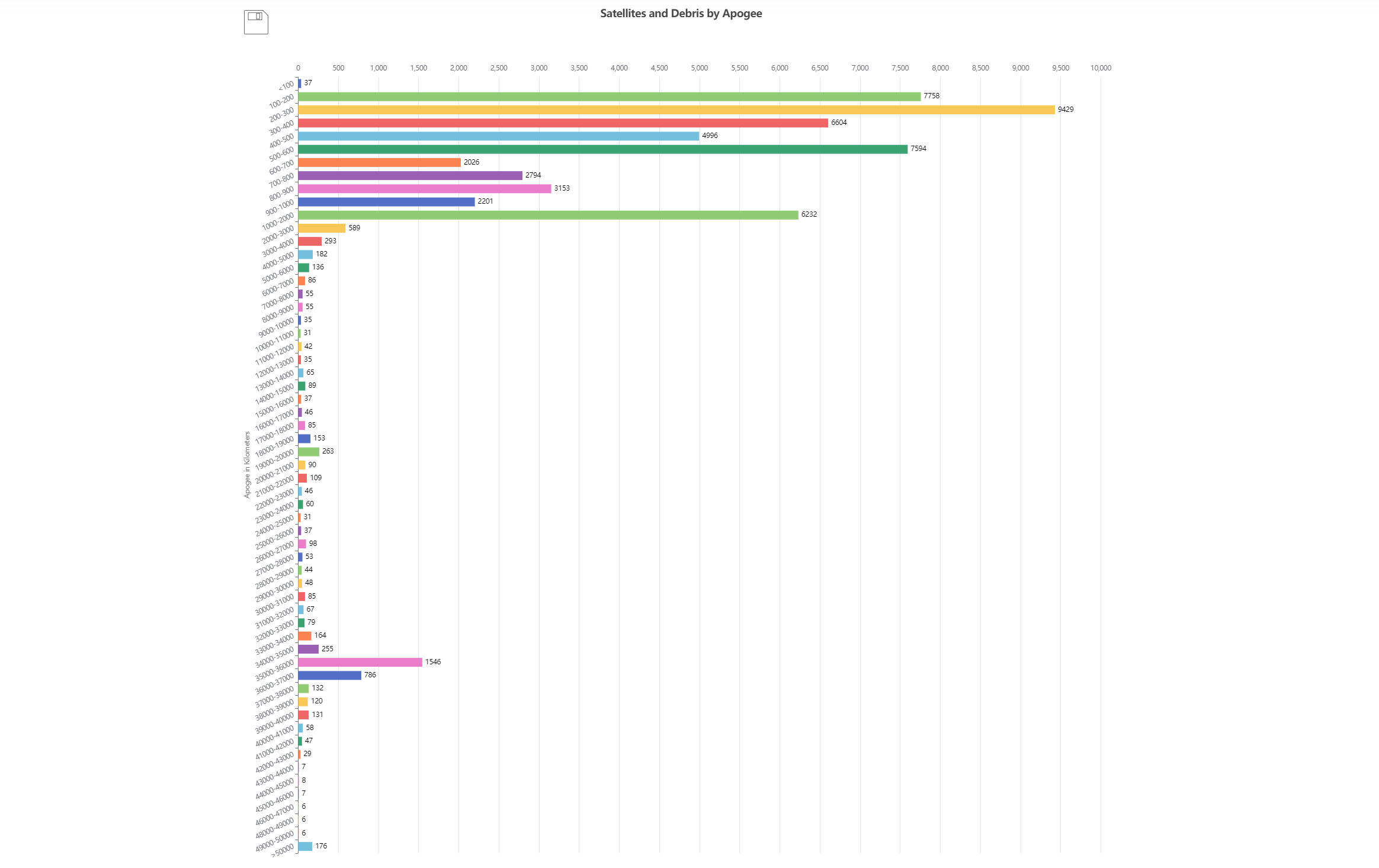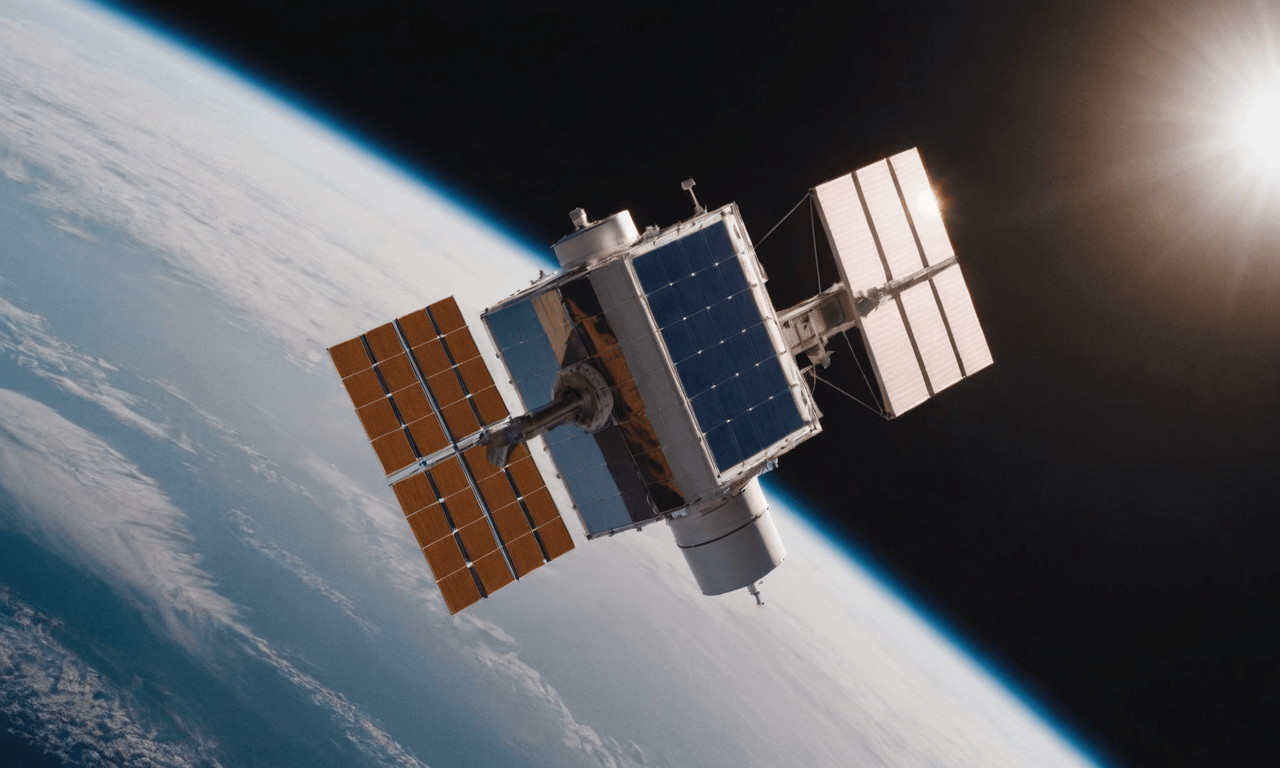· space brief · 6 min read
Space Brief 10 Sep 2024
Today’s Space Brief covers a rescued lunar orbiter, a thorough pre-launch check for a Jupiter-bound mission, and leadership changes in a satellite communication company. We also spotlight a recently launched CubeSat and an innovative act of deorbiting.

📄Top Stories
- Chang’e-6 orbital shifts to Sun-Earth Lagrange point: After successfully completing its mission, the Chang’e-6 orbiter has moved to the Sun-Earth Lagrange point.
- Europa Clipper cleared for launch: NASA’s mission to Jupiter’s moon, Europa, has passed its pre-launch review and is set to proceed with final preparations.
- Lynk Global leadership revamp: Lynk Global has restructured its leadership amid ongoing funding negotiations to expand its satellite constellation.
- ESA deorbits Cluster satellite: The European Space Agency successfully carried out a controlled reentry of a Cluster science satellite.
📰Detailed Coverage
Chang’e-6 Orbiter at Sun-Earth Lagrange Point
The orbiter for China’s Chang’e-6 lunar sample return mission has successfully traveled to the Sun-Earth Lagrange Point (L2). Originally designed for lunar operations, the spacecraft’s new position will enable it to conduct extended missions, benefiting from its stable gravitational environment.
Positioning the orbiter at L2 offers a strategic observational post while extending the spacecraft’s mission life. As satellite tracking enthusiasts, you can monitor Chang’e-6’s path using our web app’s advanced tracking features.
Read the full story: SpaceNews
Europa Clipper Passes Pre-Launch Review
NASA’s Europa Clipper mission, which aims to explore the potentially habitable moon of Jupiter, has overcome lingering concerns about its spacecraft electronics, passing its pre-launch review. The mission is now set to proceed for an October launch.
The multibillion-dollar project will perform detailed reconnaissance of Europa’s ice shell and subsurface ocean, vital for theorizing about extraterrestrial life. Satellite tracking participants can anticipate its critical telemetry details post-launch via our app.
Read the full story: SpaceNews
Lynk Global Shakes Up Leadership
Lynk Global has announced significant changes in its leadership team amidst ongoing efforts to secure funding for its direct-to-smartphone satellite constellation. The company’s revamp aims to enhance its strategic direction and attract necessary capital.
The reorganization could accelerate the deployment and operational efficiency of Lynk’s innovative constellation, serving both civilian and military users. Our app can provide real-time updates on Lynk Global’s active satellites.
Read the full story: SpaceNews
ESA Performs Targeted Reentry of Cluster Satellite
On September 8, the European Space Agency achieved a milestone by completing the controlled reentry of a Cluster satellite, marking its first-ever “targeted reentry” over the South Pacific. This operation was pivotal in minimizing space debris.
As part of the Cluster mission, these satellites have provided valuable data on the Earth’s magnetosphere. Tracking the reentry of such satellites can be explored in our real-time monitoring tools within the app.
Read the full story: SpaceNews
🛰️Satellite Spotlight
- Satellite Name: FLOCK 4Q 11
- NORAD ID: 58273
- Launch Date: 2023-07-23
- Mission: Earth Observing
- Orbit: 97.4518° inclination, 94.6156-minute period, 0.0009223 eccentricity
- Operator: Planet Labs Inc.
- Fun Fact: This satellite is part of a large constellation designed for rapid and continuous Earth imaging, providing valuable data for agriculture, forestry, and disaster response.
Current TLE Data
1 58273U 23174T 24250.83310165 .00023554 00000-0 10327-2 0 99996
2 58273 97.4518 324.5811 0009223 318.0601 41.9928 15.21948136 46115
Track this satellite in real-time on our web app: Track FLOCK 4Q 11
🗑️Space Debris Update
Current tracked debris objects: 13893
Notable recent events
- Targeted Reentry of “Salsa”:
- Yesterday, Salsa reentered at 18:47 UTC / 20:47 CEST, completing the first-ever targeted reentry safely over the South Pacific Ocean.
- The operation aimed to minimize space debris, leveraging high expertise, which also showcased the challenges in capturing such events photographically.
Source:
🚀Upcoming Space Launches
September 11
- Russian Federal Space Agency (ROSCOSMOS) Soyuz 2.1a:
- Soyuz MS-26 from Baikonur Cosmodrome, Republic of Kazakhstan (16:23 UTC) Soyuz MS-26 will carry two cosmonauts and one astronaut to the International Space Station aboard the Soyuz spacecraft from the Baikonur Cosmodrome in Kazakhstan.
September 12
- SpaceX Falcon 9:
- Starlink Group 9-6 from Vandenberg SFB, CA, USA (02:45 - 04:30 UTC) A batch of satellites for the Starlink mega-constellation - SpaceX’s project for space-based Internet communication system.
- BlueBird Block 1 from Cape Canaveral, FL, USA (08:52 - 13:21 UTC) First five satellites for SpaceMobile’s cellphone-compatible broadband constellation.
September 13
- Mitsubishi Heavy Industries H-IIA 202:
- IGS Radar 8 from Tanegashima Space Center, Japan (04:00 - 06:00 UTC) The IGS Radar 8 is a Japanese radar reconnaissance satellite. The satellite is operated by the Cabinet Satellite Information Center. The satellite serves both Japan’s national defense and civil natural disaster monitoring.
- Galactic Energy Ceres-1:
- Unknown Payload from Jiuquan Satellite Launch Center, People’s Republic of China (07:08 - 07:57 UTC) Details TBD.
September 15
- SpaceX Falcon 9:
- Galileo L13 (FOC FM26 & FM32) from Cape Canaveral, FL, USA (22:48 - 23:39 UTC) Two satellites for Europe’s Galileo navigation system. Originally planned for launch on Soyuz-ST and then Ariane 6 but both were unavailable. Galileo provides Europe with an alternative to the American GPS and Russian GLONASS constellations, but will be interoperable with both systems.
September 16
- Rocket Lab Electron:
- Kinéis Killed the RadIoT Star (Kinéis 6-10) from Rocket Lab Launch Complex 1B, Onenui Station, Mahia Peninsula, New Zealand (23:01 UTC) Second batch of five satellites for the French Kinéis IoT constellation designed to operate with 25 nanosatellites of 30 kg each.
September 24
- SpaceX Falcon 9:
- Crew-9 from Cape Canaveral, FL, USA (18:50 UTC) SpaceX Crew-9 is the ninth crewed operational flight of a Crew Dragon spacecraft to the International Space Station as part of NASA’s Commercial Crew Program.
September 30
- SpaceX Falcon 9:
- OneWeb 20 from Vandenberg SFB, CA, USA (00:00 UTC) A batch of 20 satellites for the OneWeb satellite constellation, which is intended to provide global Internet broadband service for individual consumers. The constellation is planned to have around 648 microsatellites (of which 60 are spares), around 150 kg each, operating in Ku-band from low Earth orbit.
Note: Launch dates and times are subject to change due to technical or weather considerations.
💡Did You Know?
SpaceX’s Starlink constellation has revolutionized satellite internet technology by operating at a much lower altitude than traditional communication satellites. While most internet satellites orbit at about 35,786 km (22,236 miles) above Earth in geostationary orbit, Starlink satellites operate in low Earth orbit at altitudes ranging from 540 to 570 km (335 to 354 miles). This lower orbit significantly reduces latency, allowing for faster internet speeds and improved connectivity, especially in rural and remote areas.
🔬Technical Corner
Starlink Satellite Technology
Starlink satellites incorporate several innovative technologies that set them apart from traditional communication satellites:
Inter-satellite laser links: Newer Starlink satellites use laser communication between satellites, allowing data to be transferred through space without needing to bounce signals off ground stations.
Krypton-powered ion thrusters: These engines use electric propulsion for orbit raising and station keeping, providing efficient maneuvering capabilities.
Autonomous collision avoidance: Starlink satellites can autonomously avoid collisions with space debris and other satellites using data from the U.S. military’s tracking system.
Phased array antennas: These flat panel antennas allow for electronic beam steering, enabling the satellites to direct signals more precisely to ground receivers.
Albedo reduction: To minimize reflection and reduce impact on astronomical observations, Starlink satellites incorporate anti-reflective coatings and sun visors.
Understanding these technologies is crucial for comprehending the rapid advancements in satellite internet capabilities and their potential impact on global connectivity. As Starlink continues to expand, these innovations may influence future satellite designs across the industry.




